To speak your customers’ language, you have to identify them. When you use the customer persona approach, you will be able to avoid any confusion and get the message across to the right audience. This tool assists you in creating a clear image of your target client by providing an understanding of his or her needs, desires, and habits. With such information, matters like communicating with the brands get easier because it ensures the right message gets to the target.
Customer personas are a powerful tool in the ever-evolving world of brand communication, and in this blog, we will discover how you can use them to improve your communication strategy. Regardless of whether your goal is to better connect, deepen the relationships, or even communicate your differentiation, it is imperative to match your messages to your customers’ expectations. You will know basic and effective ways of composing messages to appeal to the audience and improve the branding process.
Table of contents:
- What is Brand Messaging?
- What is a Customer Persona?
- Developing Your Customer Personas
- Persona-Driven Messaging Strategies
- Applying Personas in Marketing
- Measuring and Optimizing Your Messaging Strategy
- Conclusion
What is Brand Messaging?
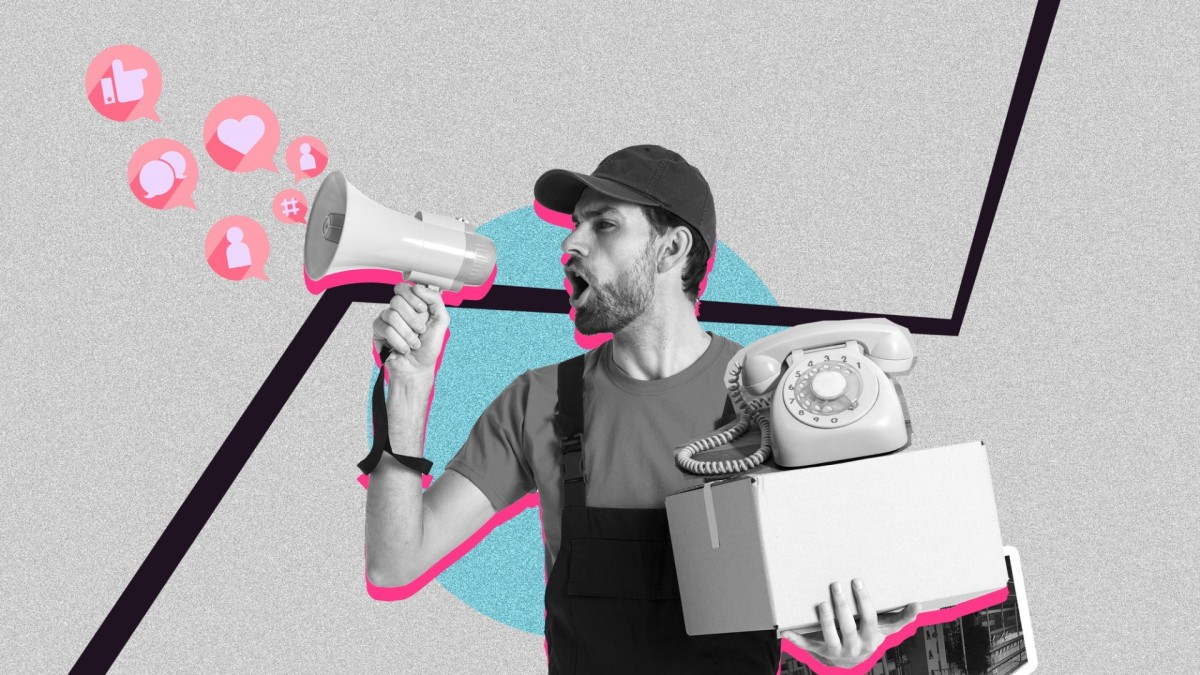
Brand communication is the overall concept of the stories that a brand owns and wants to share with its audiences. It includes the words, style, and concepts a brand deploys to convey its values and the products and services it offers. Integrated communications persistently communicate the idea of what a brand is all about and how it can be seen as unique compared with other brands in the market area and appealing to the targeted consumers.
What is a Customer Persona?
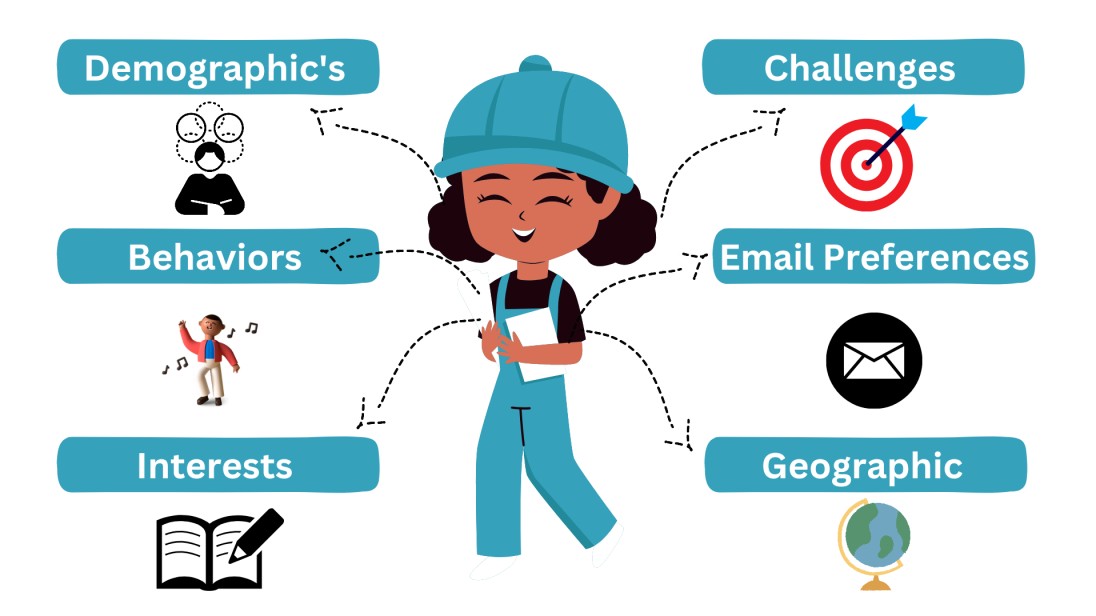
The customer or user persona is a fictional representation of the ideal consumers. They are derived from the research and the information gathered about the target market, which is crucial in identifying the customers' needs, behaviour, and motivation. A customer persona provides you with information that will help you know who you are targeting to sell information that is essential for carrying out effective marketing.
Creating customer personas involves thinking about aspects such as their age, gender, income, interests, and buying behaviors. These details help you develop messages that are effective with various segments within your target population. For instance, a young person who is environmentally conscious may need different features in your product than an elderly person who prefers comfort and durability.
Knowledge about your customer personas assists in enhancing the brand’s message and in generating content that explains with the needs of the target audience. This results in increased participation and more individuals making a change, say by purchasing from you, if you are selling a product. If you listen to your customers, you can address their issues, fulfill their desires, and create better relationships that can lead to higher success for your brand in the future.
Developing Your Customer Personas
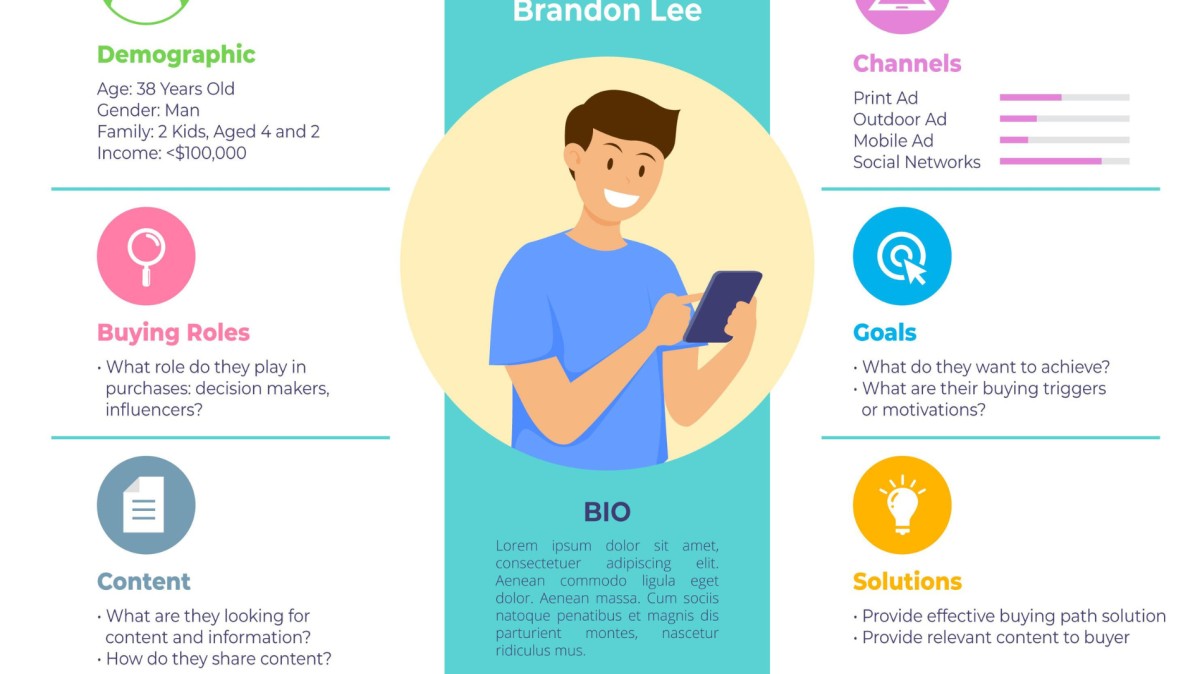
Customer personas are a helpful tool to better get to know your target audience and do marketing that connects with your audience. For a customer persona to be effective, it must accurately identify the target customers, their needs, and their decision-making processes. Interested in creating accurate customer personas? Here’s a short but comprehensive guide.
Research Your Audience
First, gather basic data on your current customers and target audience. From surveys, interviews, website data and social media acquaint yourself with aspects of their age, gender, income, buying behavior and interests. This research will assist you in identifying similar elements that are relevant to your customer personas.
Identify Key Groups
Once you have your research information, it is advisable to categorize your audiences in terms of similarity. For instance, it is possible that one segment of young professionals would prefer convenience features while another segment of parents would emphasize safety features. These groups will form the basis of your customer personas and enable the development of individual profiles for each of the groups.
Create Detailed Profiles
Each group should have a detailed profile that includes:
- Demographics: Primary demographic information such as age, gender, level of education, income, and geographical area.
- Goals and Challenges: What goals do they have, and what challenges do they encounter?
- Behaviors and Preferences: In what ways do they engage with your brand? What do they see in a product or a service that they are willing to pay for or spend time with?
- Buying Motivations: What prompts them to make that decision to purchase a product?What do they want and the thing that gets their wallets tingling and price, quality, convenience, …?
- Pain Points: To what extent are they trying to address these problems, and how may your product assist them?
Make Your Personas Real
To make your personas real, assign the main characteristics to them, including name, avatar, and description that would help understand who they are, what they do, and what their requirements are. For instance, it is possible to develop a persona such as Eco-Friendly Emma, a 30-year-old customer who is concerned with the environment and would therefore opt for products that are environmentally friendly. But, this contributes to your team understanding the persona as an actual individual.
Validate and Update Regularly
After developing your personas, make sure they are accurate representations of real clients. It is recommended to show the personas to your sales team for them to determine whether or not the personas suit the people they interact with. Since the needs and buying behaviours of customers may evolve over time, regularly revise the persona by collecting new data.
Use Personas Throughout Your Business
When your personas are more defined and developed, it is important to present them to your marketers, sales representatives, and product developers. This helps to make certain that everyone knows who your target customers are . Engage these personas in your content, advertisements, activities, and services, product features, and even customer relations.
Persona-Driven Messaging Strategies
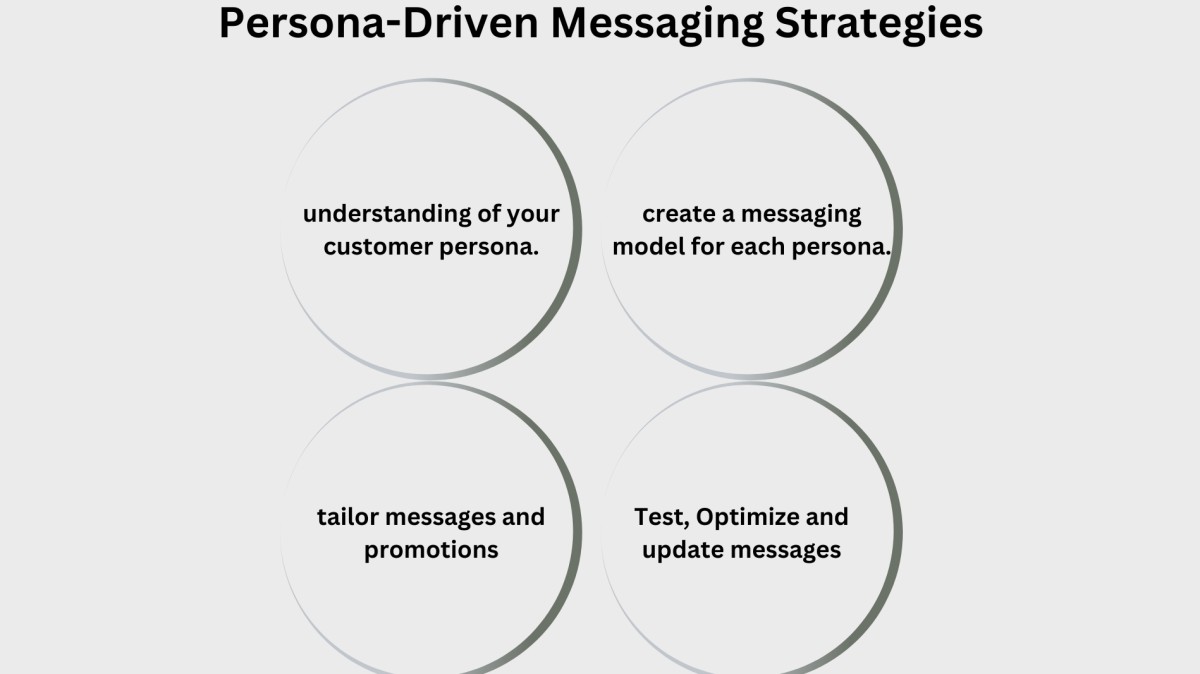
Persona driven messaging strategies work by having marketing messages that are tailored to the needs, interest, and challenges that your customer persona presents. Effective marketing is more personal, engaging, and pertinent when you are aware of who is on the other end of the marketing process. Below is a basic step-by-step guide on how to create persona-based communication themes, and how to apply them.
Know Your Personas
To develop targeted messages, always ensure you have a clear understanding of your customer persona. This means their contact information, such as age, gender, and income, as well as their behavior pattern and preferences. For instance, if the persona is a young working woman, then the messages will communicate how your product will help her save time. If your persona is a parent consumed with safety, then your message should be based on the safety of your product.
Customizing messages relates to changes in both the content of the messages that you have been sending and the manner in which the messages have been conveyed. In some cases, using informal language that might be Relatable to children and adolescents might be more suitable than using formal language that might be applicable to working professionals.
Create Messaging Frameworks
To ensure that all the messages you deliver are aligned and present a united front when conveyed through different platforms and campaigns, create a messaging model for each persona. It is, therefore, comprised of key points and themes that are relevant to that particular persona, as well as the language used. A messaging framework ensures that the persona hears the same message across all your social media accounts, on your webpage, and in e-mails.
For instance, if the developed persona was ‘Eco-Friendly Emma,’ then the Messaging Framework may include such topics as sustainability, don’t waste, and ethically sourced. These themes would be applied in every social media post, product description, and advertising as a means of ensuring continuity.
Personalize Content and Offers
In addition to generic communication, use the persona data to tailor messages and promotions. For instance, if you understand that a specific persona is likely to make purchases, introduce them to coupon codes. If another persona appreciates or requires professionals’ opinions, develop content like extensive tutorials, seminars, or products that would be suitable.
Personalization can also be taken to the channels you use by informing customers on when you are releasing new products after they have subscribed to your notifications. For instance, younger personas may feel comfortable receiving messages through social media, whereas, older personas may feel more comfortable with the company sending them newsletters through email. Be tolerant to their communication styles by adapting to their language choice.
Test and Optimize
Once you have put in place your persona-driven messages, make it a habit to carry our tests on the messages always. Perform the A/B split on the messages that you want to send out to the personas and collect information from your customers on their reception to the messages. Engagement metrics such as click-through rates conversion rates, and responses from customers regarding the messaging also need to be monitored.
Evolve with Your Personas
Depending on the future development of your business and future market, it is possible to experience alterations of personas. Your messaging strategies should be as dynamic in nature, and should be modified for times when there appears to be a shift in the base of customers. Periodic reviewing and updating of the personas help in verifying the efficacy of the messages being sent.
Applying Personas in Marketing
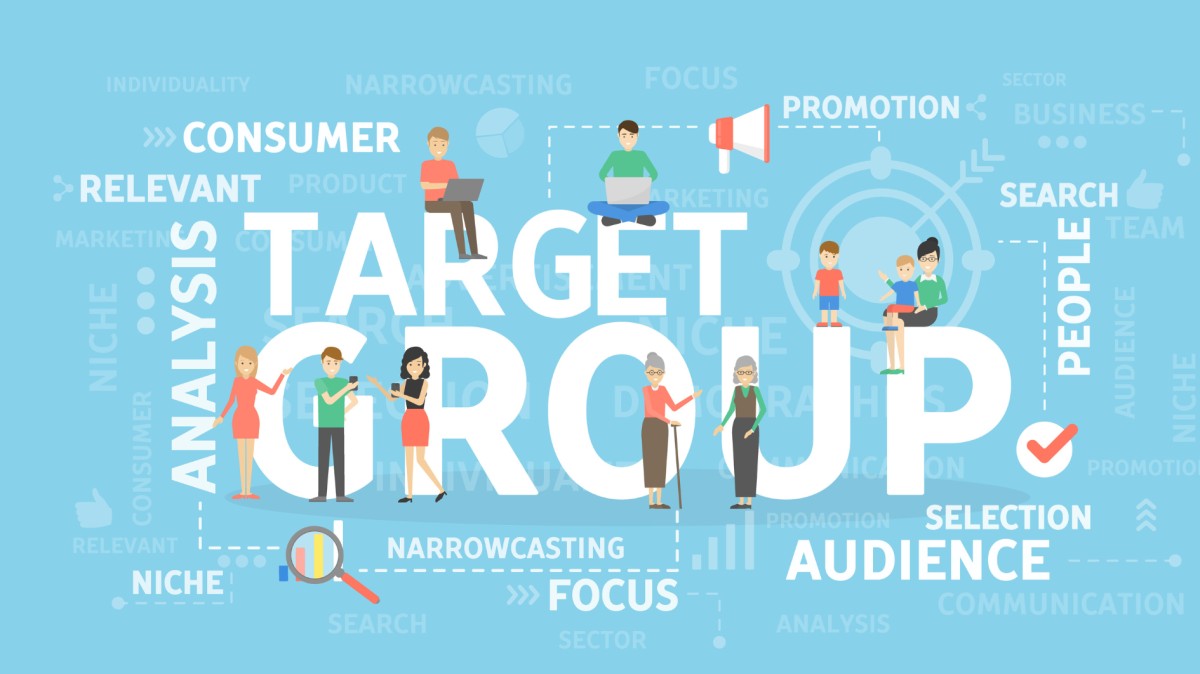
The use of personas in marketing comes about when you create fictional representations of your target consumers. This means that one can understand one's strengths when it comes to marketing to particular customers or markets by identifying and establishing who the customers are and what they require. Personas enable you to write the right message to the target audience, identify where the target audience is, and create content that is relevant to the audience. This approach makes your marketing seem more personal, is attention-grabbing, and will perform better because you are directly addressing what interests your audience.
Measuring and Optimizing Your Messaging Strategy
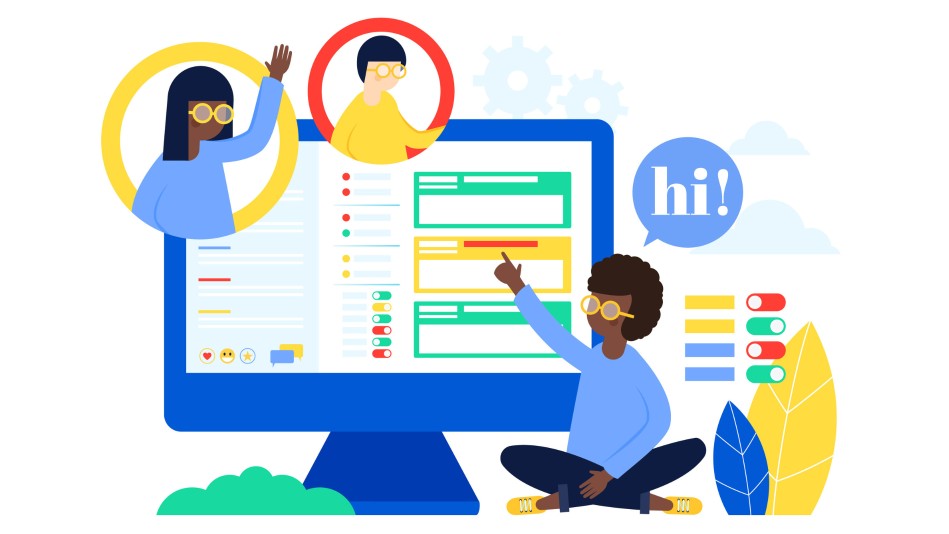
Evaluating your marketing messages is all about examining how effective your marketing messages are currently and modifying them in order to increase efficacy. This would ensure that messages delivered to the targeted audiences achieve the intended results, such as increasing sales or engagement.
Track Important Metrics
Monitor key parameters to assess the effectiveness of the delivered messages. These are click through rates (CTR), which are the number of people who click on your ads, emails or links, conversion rates, the percentage of people who bought something or signed up for something, engagement rates which show how active your audience is in sharing, liking or reposting your content and bounce rates which are the number of visitors who arrive at your website and leave immediately without further interaction.
Analyze the Data
By analyzing the data, one will be in a better position to determine what strategy is effective and which one is not. For instance, you may find that some notes are more effective in engaging some audiences than others. However, understanding these patterns assists you in identifying what has to be changed.
Try A/B Testing
A/B testing involves the development of two message variations with an aim of comparing their performances. For instance, try using different headlines or images to know which one your audience is more responsive to. This assists you in determining the most effective means of reaching your audience.
Make Changes
In light of the new information you gained, adjust your messaging strategy. If a particular message is not effective, then one needs to change its language, content, or how it is presented. These changes make your messages relate to the audience in a better way.
Keep Improving
The tuning of messages is always progressive. Remember to constantly monitor your performance and experiment with new approaches to meet the demands of your audience. Therefore, the current method of measuring and further improvement of marketing as a field will yield better results in the long run.
Conclusion
Customer persona in the context of enhancing your brand messaging is primarily about communicating with your target consumer base. Thus, by providing many specific descriptions of your desired customers, you can easily establish the proper tone of your communication and convey the necessary information. This makes your marketing more personal and effective, increasing the chances of reaching the audience and increasing engagement. In this blog, we have explained how to create and utilize customer personas, how to compose relevant messages, and how to constantly evaluate your actions. They are important to employ when you want to ensure that your brand messaging is the best that it can be.








